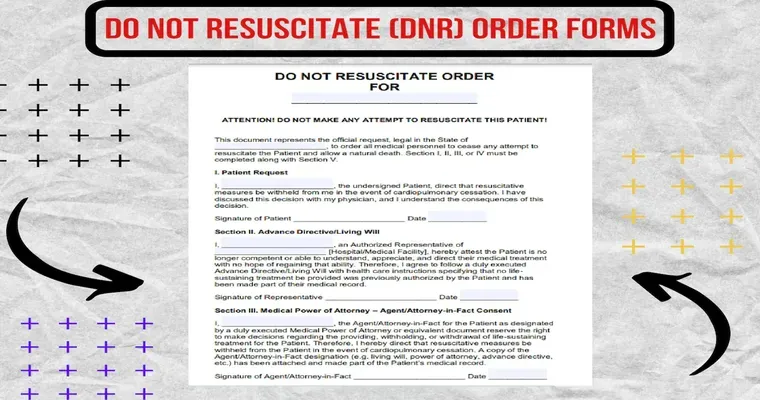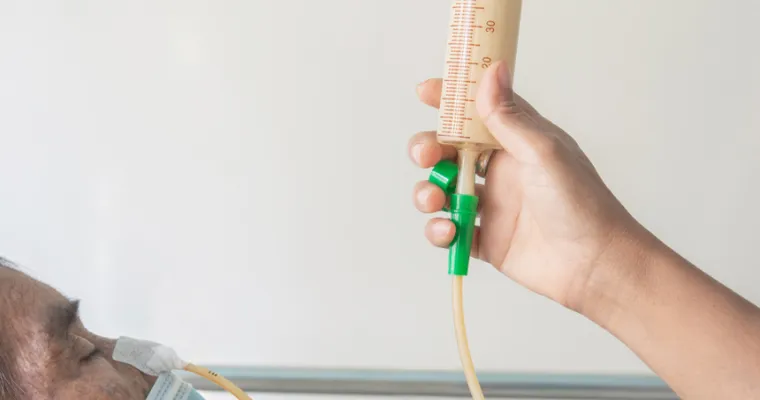When it comes to end-of-life care, understanding "DNR forms" and their implications is crucial. A "Do Not Resuscitate (DNR)" order is a legal document that specifies your wishes regarding resuscitation efforts in the event of cardiac arrest or respiratory failure. This document is particularly important in hospice care, where the focus is on comfort and quality of life rather than aggressive medical interventions. It is essential to check your "DNR form" regularly and ensure that all sections are completed according to your preferences.
What is a DNR Form?
A "DNR form" is a directive that informs healthcare professionals not to perform cardiopulmonary resuscitation (CPR) if your heart stops beating or if you stop breathing. This form is typically utilized by patients who are facing terminal illnesses or who wish to avoid invasive medical procedures at the end of life. It is important to note that a DNR order does not mean that you will not receive other forms of medical care; it simply indicates your choice regarding resuscitation efforts.
The Importance of Checking Your DNR Form
Given the significance of a "DNR form", it is imperative to review it regularly. Changes in your health status, treatment preferences, or personal beliefs may require you to update your directives. Here are a few reasons why checking your DNR form is vital:
1. "Reflect Your Current Wishes": Over time, your feelings about resuscitation and end-of-life care may change. Ensure that your DNR form accurately reflects your current wishes.
2. "Clear Communication": Having an up-to-date DNR form helps communicate your preferences clearly to your healthcare providers, family members, and hospice team. This clarity can prevent confusion during critical moments.
3. "Legal Validity": Each state has specific legal requirements for DNR forms. Regularly reviewing your form ensures that it complies with local laws, making it legally binding when needed.
Key Components of a DNR Form
A typical "DNR form" includes several critical sections that must be carefully considered and completed:
"Patient Information": Name, date of birth, and other identifying details.
"Signature": Your signature confirming that you understand the implications of the DNR order.
"Witness Signatures": Depending on state laws, you may need one or two witnesses to sign the document.
"Healthcare Provider Signature": Some states require a physician’s signature to validate the "DNR form".
The Role of Hospice Care
In the context of "hospice care", a DNR order becomes even more relevant. Hospice focuses on providing comfort and support to individuals with terminal illnesses, prioritizing quality of life over curative treatments. Understanding your preferences regarding resuscitation is vital in this setting, as hospice teams aim to respect your wishes while delivering compassionate care.
Conclusion
In summary, a "DNR form" is an essential document for anyone considering their end-of-life care options, especially for those in hospice. It is crucial to check your "DNR form" regularly to ensure it aligns with your current wishes. By doing so, you facilitate clear communication with your healthcare providers and ensure that your preferences are honored during critical moments. Take the time to review your DNR form today, so you can have peace of mind knowing that your wishes are clearly documented and respected.





